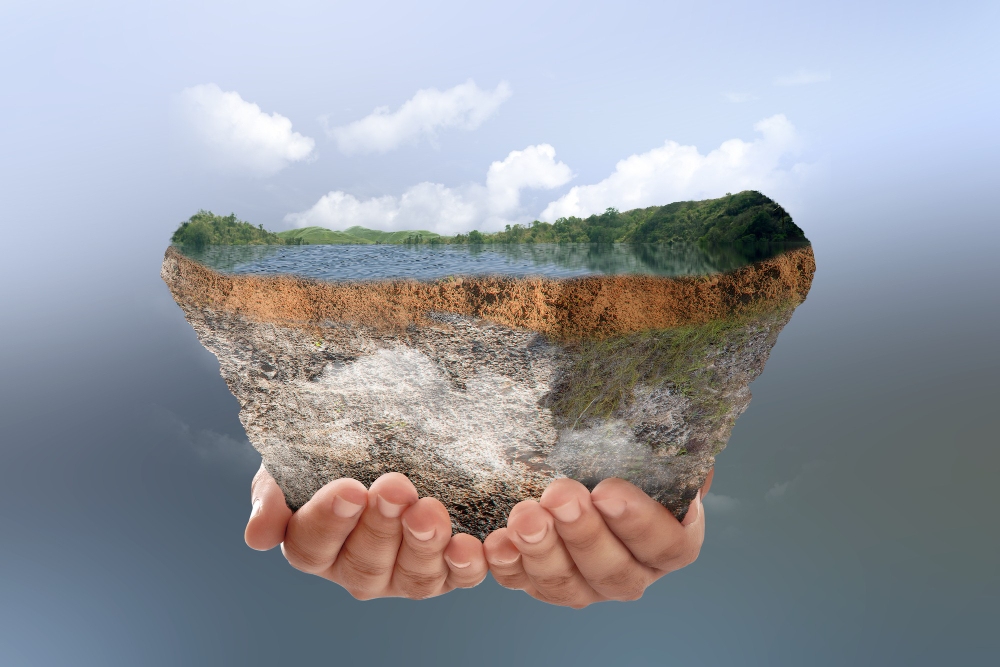
As Dhaka continues to grow as one of the fastest-urbanizing cities in the world, the relentless pace of land development is transforming its landscape. While this development is often seen as a mark of progress, it carries a significant environmental cost that demands our attention. From ecological degradation to human health risks, the impact of land development in Dhaka is profound and multifaceted. Let’s uncover the hidden challenges of Dhaka’s urban growth and explore ways to create a more sustainable future.
Dhaka, the capital of Bangladesh, is a city of immense growth and opportunity. With a population exceeding 22 million, its rapid urbanization has spurred extensive land development to meet the needs of housing, industries, and infrastructure.
However, this growth is a double-edged sword. While it boosts economic activity and creates jobs, the indiscriminate expansion of urban areas leads to habitat destruction, soil erosion, and the loss of green spaces. Dhaka’s transformation into a concrete jungle has come at the expense of its natural ecosystems.
Urban green spaces are vital for maintaining ecological balance. Sadly, Dhaka has witnessed a drastic reduction in its parks, gardens, and wetlands. This loss is largely driven by the relentless demand for land to build residential and commercial complexes.
Without green spaces, air quality deteriorates as trees no longer absorb pollutants. The Urban Heat Island (UHI) effect has intensified in Dhaka, with temperatures in built-up areas significantly higher than in surrounding rural regions. This not only impacts the city’s climate but also exacerbates energy consumption as residents rely more on cooling systems.
Wetlands once covered large swathes of Dhaka, serving as natural flood regulators and biodiversity hotspots. The impact of land development in Dhaka has been catastrophic for these wetlands, with many being filled to construct buildings and roads.
The disappearance of wetlands has led to frequent urban flooding during the monsoon. These vital ecosystems also acted as carbon sinks and water filtration systems, and their destruction now results in poorer water quality and increased greenhouse gas emissions.
With construction sites mushrooming across Dhaka, the air is saturated with particulate matter. Brick kilns, a staple of land development in Dhaka, are among the largest contributors to air pollution.
This has dire health consequences for Dhaka’s residents, leading to respiratory issues, cardiovascular diseases, and reduced life expectancy. Moreover, dust from construction reduces visibility, creating additional challenges for city dwellers.
The growing city demands a massive supply of water, but unchecked land development disrupts natural water recharge zones. Paving over recharge areas prevents rainwater from replenishing aquifers, contributing to water scarcity.
Simultaneously, improper waste disposal from construction sites contaminates rivers and groundwater sources, impacting the availability of clean drinking water. This double burden poses serious challenges for Dhaka’s water security.
Dhaka’s rapid urbanization has spelled disaster for its biodiversity. Indigenous flora and fauna are being driven out as forests and wetlands are replaced by concrete structures.
This biodiversity loss disrupts ecological balance, making the city more vulnerable to climate change. Local species extinction also means the disappearance of natural pest control, pollination, and other ecosystem services that directly or indirectly benefit human life.
Dhaka is no stranger to floods, but land development has amplified the problem. Construction on natural floodplains obstructs water flow, causing inundation in urban areas. Poorly planned drainage systems further exacerbate the issue.
Each year, thousands of residents face displacement and economic losses due to urban flooding. This recurring problem highlights the need for better urban planning and stricter land-use policies to mitigate the risks.
The environmental impact of land development in Dhaka extends beyond nature, affecting human lives and livelihoods. Poor air and water quality lead to higher healthcare costs, while frequent flooding disrupts businesses and displaces families.
Moreover, the lack of green spaces affects mental well-being, with residents reporting higher stress levels. The unchecked expansion of urban areas is not just an ecological issue—it’s a socio-economic challenge that impacts every resident of Dhaka.
While the challenges are daunting, solutions exist to mitigate the environmental impact of land development in Dhaka. One key strategy is promoting vertical expansion rather than horizontal sprawl, preserving green and water-rich areas.
Additionally, implementing stricter building regulations and promoting eco-friendly construction practices can reduce pollution and waste. Investment in green infrastructure, such as urban parks and sustainable drainage systems, can help combat urban flooding and improve overall quality of life.
Dhaka stands at a critical crossroads. The impact of land development in Dhaka is undeniable, affecting its environment, economy, and people. By prioritizing sustainable urban planning and environmental conservation, the city can balance growth with ecological preservation.
Residents, policymakers, and businesses all have a role to play in reshaping Dhaka’s future. Let’s strive for a city where progress and preservation go hand in hand, ensuring a healthier, greener Dhaka for generations to come.